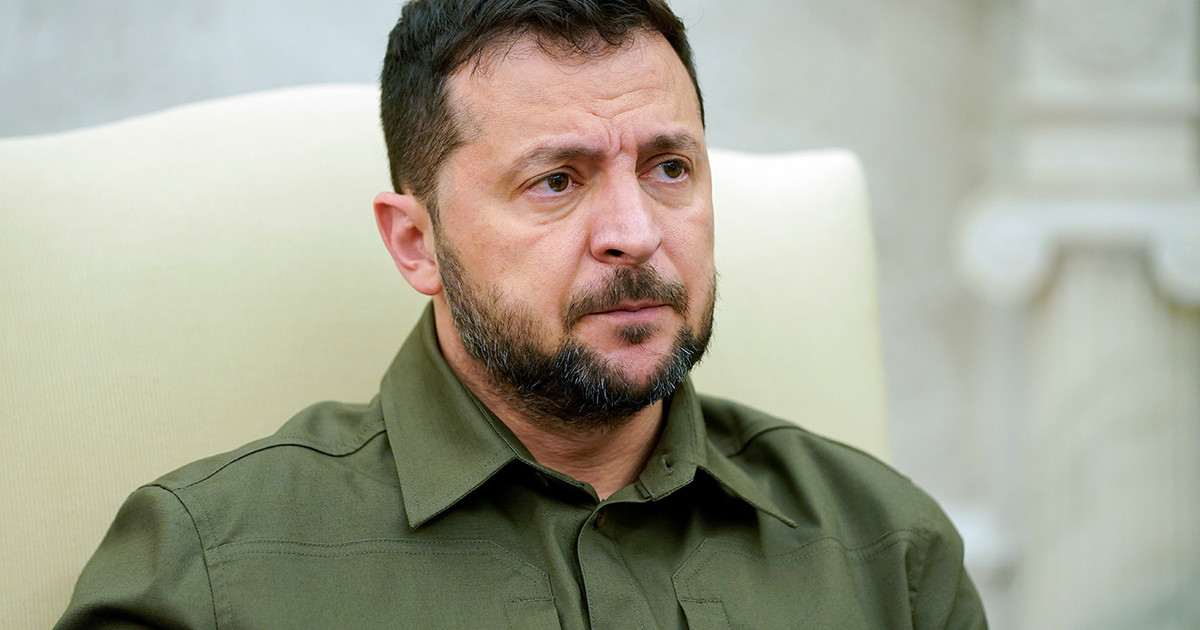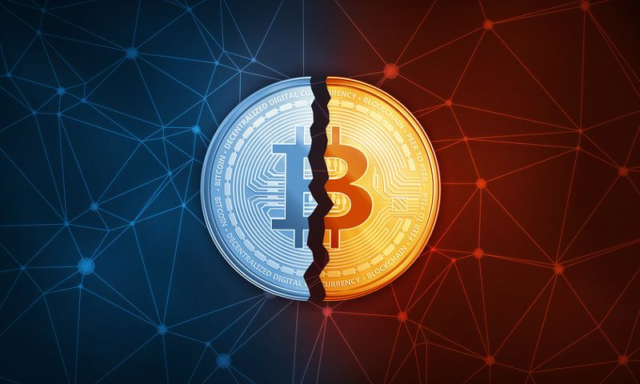Last Friday (5), the Federal Savings Bank announced that it will soon make available a line of credit for individuals intended for the installation of photovoltaic panels at home. With this, the bank enters the list of institutions that offer credit to facilitate the use of the solar energy in homes.
The movement reflects an increasing interest of the population in the form of energy, as it helps to reduce the electricity bill, which is quite high due to the energy crisis.
The reduction in the price of solar panels has also made the modality more accessible, and it is a form of renewable energy, that is, with a low environmental impact and no emission of polluting gases. In addition to the panels, a solar energy system includes the transmission part of this energy, and most have batteries to store what was generated.
Despite the advantages, it is also important that those interested in residential solar energy are aware of some factors, and numbers, before deciding to take a loan to invest in this type of energy.
Care before the loan
Diogo Lisbona, a researcher at Ceri-FGV, says that the offer of credit lines has increased in recent years, but that there are currently some factors that pressure investment. The first is the rate of exchange high. As the panels are imported, the high dollar requires a greater purchase expense.
“Inflation itself affects these prices too, along with the increase in freight costs with the rise in fuel prices. Today, it is a more costly investment than in the past”, he says. Another factor is the upward trend in the basic interest rate, the Selic rate.
Loans require an interest payment per month, and the rate used for the calculation is usually referenced to Selic. That is, if interest rates rise, the loan becomes more expensive.
If in the short term the investment in solar energy becomes more expensive, Lisbona points to the medium term trend of reduction in the prices of panels. The variation has been going on for a few years, linked to new technologies, and should continue in the future.
“Maybe the current window is complicated. Next year is an election year, the deterioration of the fiscal framework should not be resolved soon, so it becomes more expensive, and this should last perhaps until the end of next year”, he says.
In addition to considering all these factors when deciding to take out a loan, it is important to include another essential factor in the calculation: the electricity bill. “The higher it is, the more attractive this investment is, because it stops paying the distributor and the return comes faster”, says the researcher.
In general, the investment in solar panels involves a low operation and maintenance cost, and the equipment has a long useful life, with an average of 20 years of generation.
It is also possible to allocate excess energy to the electricity grid and get discounts on the electricity bill in return. However, it is necessary to calculate so that there is not a large surplus of panels, as the investment is also expensive.
Taking this into account, Lisbona says that, before obtaining credit, it is necessary “to make these calculations, understand that it is a long-term return, even though it is an attractive investment, and also the impact of factors such as exchange rates and interest”.
It is also worth making budgets, researching which lines are offered and the rules, and studying well before investing. With the perspective that the electricity bill will still remain high in the coming months, however, the attractiveness of this investment is greater.
Studies show that it is possible to save up to 95% in electricity bill, but the value varies from case to case, taking into account family consumption, number of panels and incidence of sunlight.
If a family does not have the money to install, does not find the loan beneficial, or does not have adequate space at home to install the boards, there is another alternative.
“There is the possibility of finding offers from companies that install the panel, they do the financing, and you can participate in shares. They are remote installations in available areas of this company, which generates credits for the consumer on the electricity bill”, says Lisbona.
“The financing installment must be less than the value of the electricity bill. The alternative reduces the consumer’s cost, but additional expenses must be considered over the years”, says Fábio Hage, professor of engineering at Insper (Institute of Education and Research). Electrical maintenance of the system should only be done every six months.
For Gilberto Braga, professor and economist at Ibmec (Brazilian Institute of Capital Markets), the decision must be analyzed considering energy consumption habits. He emphasizes that one must assess how long the investment made can generate savings.
“It is always necessary to spend in advance. This tends to discourage decision making, as most families do not have the resources to spare. Spending is not limited to the purchase of solar panels, it is necessary to make interventions in the modernization of electrical wiring, which may require additional works”, says Braga.
The boards are about 2 square meters. To generate the 300 kWh, we would need 6 modules. That means efficiency gains, cost reduction, less roof space, with half the installation time.
For commercial systems connected at low voltage (up to 75 kW) the cost and feasibility conditions are practically the same as for the residential system.
For Rodolfo Meyer, CEO of Portal Solar, buying this kit makes more sense for customers with consumption starting at 300 kWh/month or a bill starting at R$ 250.00, for both residential and commercial use.
Expensive energy
In the last 12 months, with the worsening of the water crisis — the worst in 91 years — electricity became 20.1% more expensive. in thermoelectric plants, more expensive.
To offset the increase in this cost, Aneel (National Electric Energy Agency) created a new tariff flag, called ‘water scarcity’, in force since September 1, which raised the extra fee on the electricity bill to R$ 9, 49 to 14.20 R$ in the country.
With that, the adhesion to solar panels has been an alternative for those who have a bigger weight in the budget and who can make this type of investment.
According to Absolar (Brazilian Association of Photovoltaic Solar Energy), in the first half of the year, investment in photovoltaic solar energy grew by R$ 50 billion in the country — an increase of 50% compared to the same period last year, reaching the mark of 1.5 million kWh.
Ten states stand out as the biggest buyers of solar panels in Brazil. São Paulo (11%), Pará (10%), Minas Gerais (9%), Mato Grosso (7%), Rio de Janeiro (7%), Goiás (6%), Bahia (6%), Mato Grosso do South (5%), Ceará (5%) and Maranhão (4%).
In an interview with CNN Radio, Ronaldo Koloszuk, chairman of the Board of Absolar, stated that the energy crisis will cause the growth of the solar energy sector to reach 100% this year. In his assessment, the number, although showing accelerated growth, “is very little.”
This is also projected by the National Institute of Clean Energy (INEL). According to the Institute, distributed generation had, at the end of 2020, 517 thousand participating units, or 5 GW of installed capacity. Today, there are already 781 thousand (7.1 GW). In other words, the energy generated went from five to seven gigawatts.
By the end of September, the number of new connections surpassed the total for the year 2020. Last year there were 212,435 new distributed generation connections and this year there are already 221,880. This growth, according to INEL, is directly related to the increase in the electricity bill, mainly driven by the rise in tariff flags as a result of the water crisis.
Financing
Discover some lines of credit that are currently available for individuals to install solar panels at home, financing part or all of the costs:
Votorantim Bank
Banco Votorantim offers a line of credit for installing panels in homes and also for legal entities. In the case of individuals, the financing limit is R$ 500 thousand.
It is possible to pay the total loan amount in up to 84 monthly installments, but the rate varies from case to case. The first payment can be made within 120 days. The bank provided a site in which it is possible to simulate the loan amount based on monthly income and average energy expenditure.
Easy Sun
A Easy Sun is a residential and business solar project finance fintech. The credit limit for individuals is R$ 200 thousand, and payments can be made between 24 and 120 months, with a grace period of 1 to 6 months for the first installment.
In addition to financing, fintech also indicates a partner company to install the panels.
Mutual
Another fintech, the Mutual has a credit line for companies and individuals interested in installing photovoltaic systems.
The interest rate varies between 1.2% to 1.7% per month, and payment can be divided between 12 and 72 times. The grace period is 120 days, and loans to individuals have a limit value of BRL 50 thousand.
Sicredi
the financial institution Sicredi also offers a line for homes and businesses. In both cases, payment can be made in up to 72 installments. Rates vary by loan, but start at 0.75% per month.
Despite not informing the maximum amount that can be financed, the company claims that it finances up to 100% of the cost of installing the panels.
Northeast Bank
O Northeast Bank has an exclusive credit line for residents of the region, the largest solar energy generator in Brazil today. It is available to individuals, companies and rural producers. FNE Sol is focused on micro and mini-generation systems, and can also be used in wind energy and biomass projects.
For individuals, the financing can be paid in up to eight years, with a grace period of six months. The financing has a maximum limit of R$100 thousand.
Santander Bank
Solar Panel Financing is the credit line of the Santander facing homes. The installment payment is up to 96 months, with 120 days to pay the first installment and fees starting at 0.84% per month.
The minimum amount for financing is R$ 2 thousand. The bank provides some hypothetical loan simulations, as well as the amounts that would be saved with the installation.
Bank of Brazil
O BB Renewable Energy Credit is a line of loans aimed at residential solar energy. The financing term is between two to six months, with the first installment being able to be paid in up to 180 days.
The minimum amount for the loan is R$5,000, and the maximum, R$100,000. Payment is made in monthly installments, by debit to the account. Photovoltaic systems must be purchased from suppliers associated with Banco do Brasil.
Reference: CNN Brasil
I am Sophia william, author of World Stock Market. I have a degree in journalism from the University of Missouri and I have worked as a reporter for several news websites. I have a passion for writing and informing people about the latest news and events happening in the world. I strive to be accurate and unbiased in my reporting, and I hope to provide readers with valuable information that they can use to make informed decisions.






